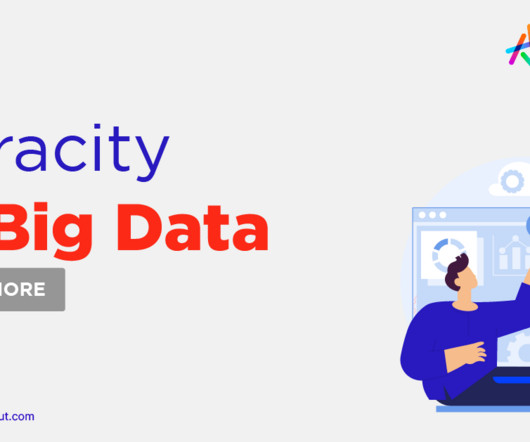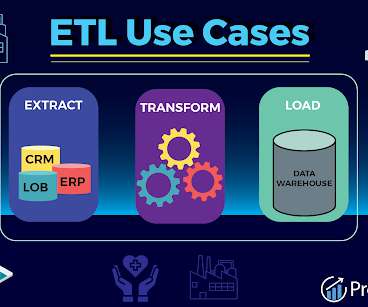Veracity in Big Data: Why Accuracy Matters
Knowledge Hut
JULY 26, 2023
Variety: Variety represents the diverse range of data types and formats encountered in Big Data. Traditional data sources typically involve structured data, such as databases and spreadsheets. Handling this variety of data requires flexible data storage and processing methods.













Let's personalize your content